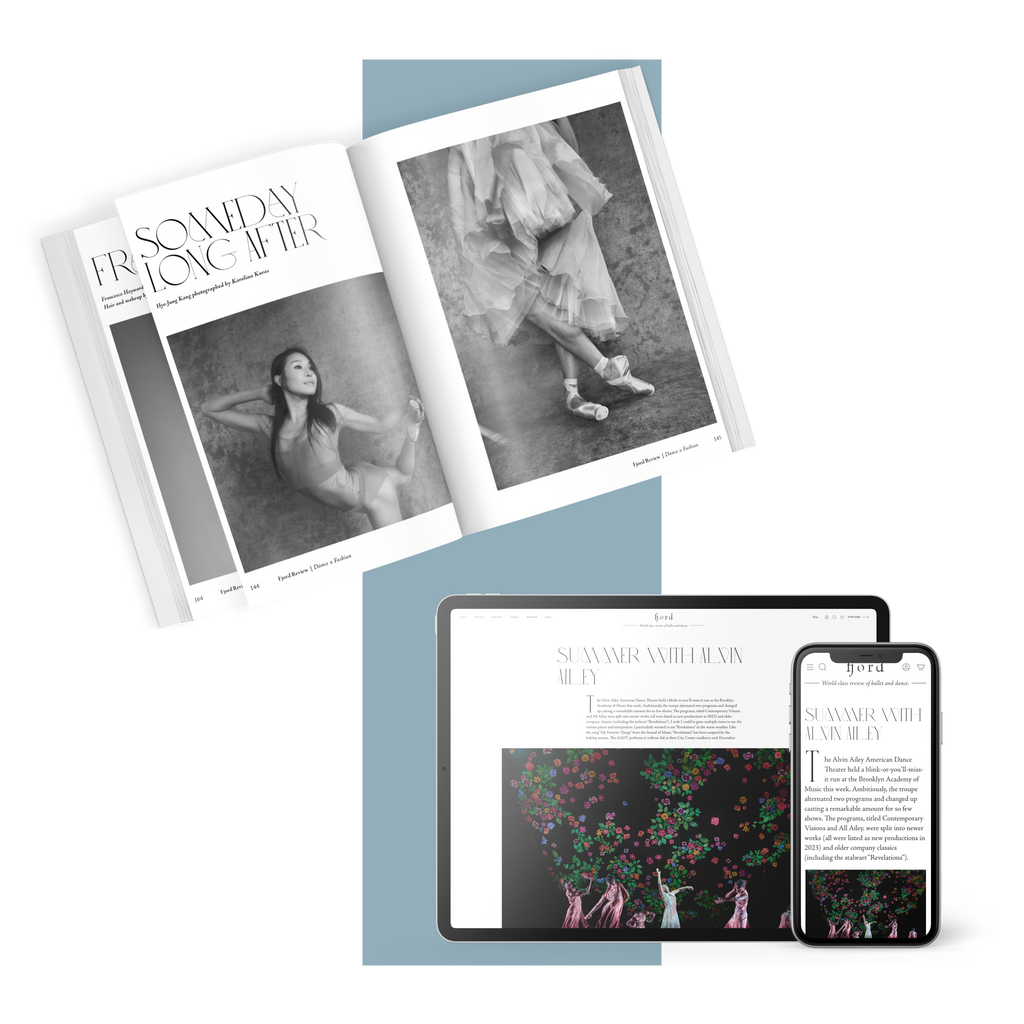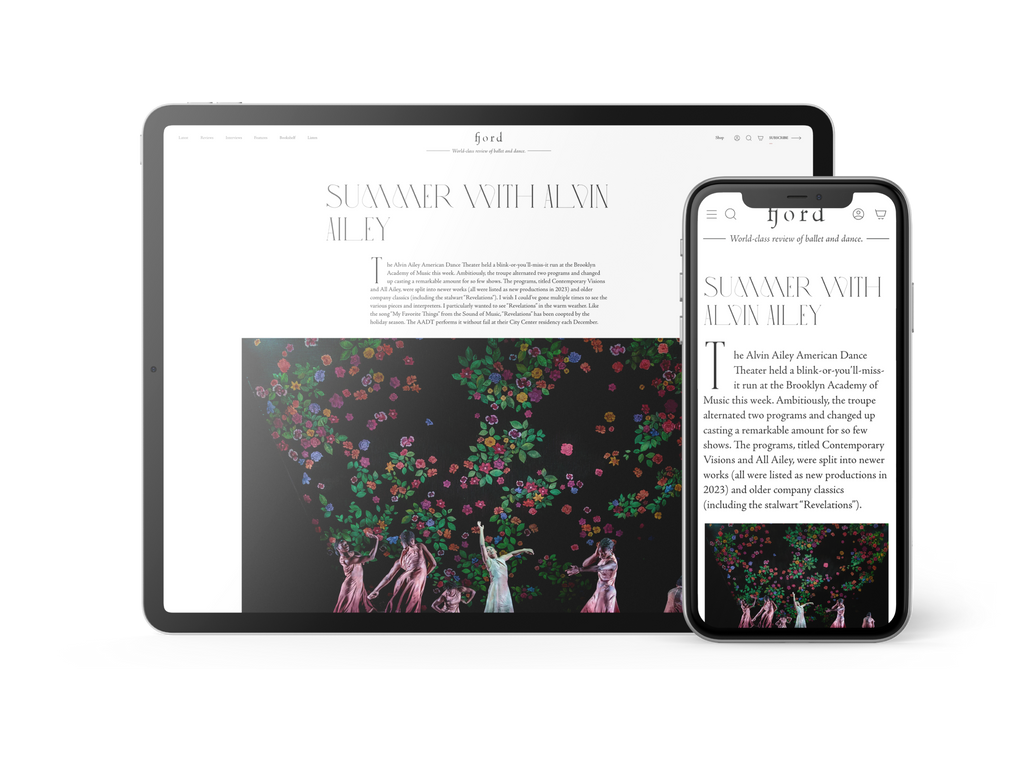Lycra and Lace
What is he looking at? The dancer in a blue biketard bounds around the stage, his curly hair flip-flopping as his head snaps right, left, and center.
Continue Reading
World-class review of ballet and dance.
This Scottish debut, fusing documentary with performance, is at once a celebration of feminine power, and deconstruction of the “model” ballets performed around the time of China's Cultural Revolution. Beijing-based choreographer Wen Hui, formed Living Dance Studio with filmmaker Wu Wenguang in 1994, becoming China's first independent dance theatre company. And this witty and inventive study of both the implications of the Communist regime, and what is expected of female dancers, is also incredibly powerful in its own subtle and understated way—never didactic for its own sake.
Performance
Place
Words

Living Dance Studio's “RED.” Photograph by Laurent Philippe for Dance Umbrella


“Uncommonly intelligent, substantial coverage.”
Your weekly source for world-class dance reviews, interviews, articles, and more.
Already a paid subscriber? Login
What is he looking at? The dancer in a blue biketard bounds around the stage, his curly hair flip-flopping as his head snaps right, left, and center.
Continue ReadingTwo performers crawl in on hands and knees wearing neon green, hooded coveralls—the lightweight papery kind made for working in a sterile environment—and clusters of balloons pinned to their backs.
Continue ReadingWill Rawls makes boundaries visible by defying them. Known for the disciplinary and topical range of his projects, the choreographer, director, and performer approaches issues of representation in “[siccer],” a multi-part, multi-site work co-presented by L’Alliance New York’s Crossing the Line Festival. A live performance at Performance Space New York accompanies a multimedia installation at the Kitchen, a book published by Wendy’s Subway, and an album published by the artist. With a creative process reaching back to 2018, the work delves explicitly into pandemic-era energies and inertias with focused intimacy and a pervasive sense of instability.
Continue ReadingIt is always interesting when multiple theme steps emerge over the course of a mixed repertory evening, but it is uncanny on one featuring five different ballets, each with a different choreographer and composer, covering a twenty-year span (2005-2025).
Continue Reading
comments